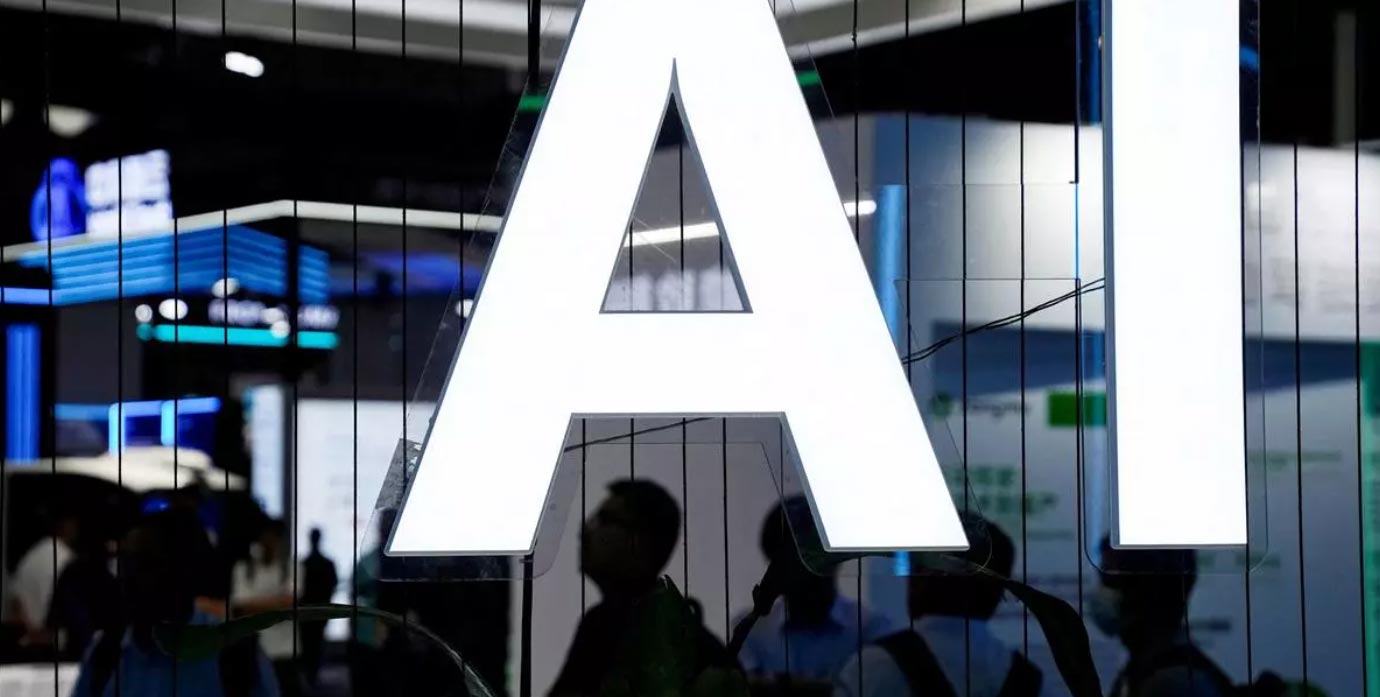India has made its first move to address a key shortcoming it currently has in unlocking opportunities around generative artificial intelligence (AI) – that of computing hardware. On Thursday (March 7, 2024), the Union Cabinet approved the India AI Mission with an outlay of Rs 10,372 crore for the next five years.
Under it, the government will allocate funds towards subsidising private companies that are looking to set up AI computing capacity in the country, among other things.
While still a blueprint, the approval could spur investments in the space, with private companies setting up data centres in the country and allowing start-ups access to it so that they can test and build their generative AI models. This is a benefit that start-ups like Perplexity AI in the US have had for a while, allowing them to tap into the computing capacity offered by companies like Nvidia.
Computing capacity, or compute, is among the most important elements of building a large AI system apart from algorithmic innovation and datasets. It is also one of the most difficult elements to procure for smaller businesses looking to train and build such AI systems, given the high costs.
For example, Nvidia’s A100 chip – considered to be the most cutting edge for AI applications – costs around $10,000, meaning that a data centre of 10,000 such graphics processing units (GPUs) could cost at least $100 million (roughly Rs 8,000 crore).
In an interview with The Indian Express earlier, Perplexity’s Aravind Srinivas had highlighted the hardware-related challenges start-ups from India may face, compared to their counterparts in the West.
What is India’s plan for setting up AI computing capacity?
Under the India AI Mission, the government will look to establish a computing capacity of more than 10,000 GPUs. It will also help develop foundational models with a capacity of more than 100 billion parameters, trained on datasets covering major Indian languages for priority sectors like healthcare, agriculture, and governance.
During the infrastructure’s setup, a priority will be placed on selecting the most advanced GPUs. This AI compute infrastructure will be implemented through a public-private partnership model with 50 per cent viability gap funding.
If the compute prices come down, the private entity will have to add more compute capacity within the same budgeted amount to meet increased demand. Of the total outlay, Rs 4,564 crore has been earmarked for building computing infrastructure.
“Basically, there will be a tender inviting companies to set up data centres. When a company applies for, let’s say a centre which may cost Rs 10,000 crore, they can seek a viability gap funding from the government for a certain amount of that,” a senior government official said.
The government will also finance deep tech start-ups at various levels of growth, as per the Cabinet approval. Of the total outlay, roughly Rs 2,000 crore has been earmarked towards this. An IndiaAI Datasets Platform will also be set up as part of the programme which will look at leveraging the quality, access, and use of non-personal datasets for AI innovation.
The platform will be tasked with hosting identified “high-quality” AI-ready datasets. Together, these proposals cover two of the most crucial elements of building large language models: the hardware and access to high-quality datasets.
Are other regions doing something similar?
The move will come days after the Cabinet cleared chip projects worth Rs 1.26 lakh crore, including what could be the country’s first commercial fabrication plant. India has identified electronics manufacturing as a key economic driver and the government is willing to spend money in the initial phase to get production rolling.
This is a strategy that the European Union is following as well. To dissuade concerns that Europe is overregulating AI, which could stifle innovation in the bloc, earlier this year, the European Commission released a set of rules to enable start-ups and other businesses to access hardware – such as supercomputers and computing capacity – for them to build large-scale AI models.
